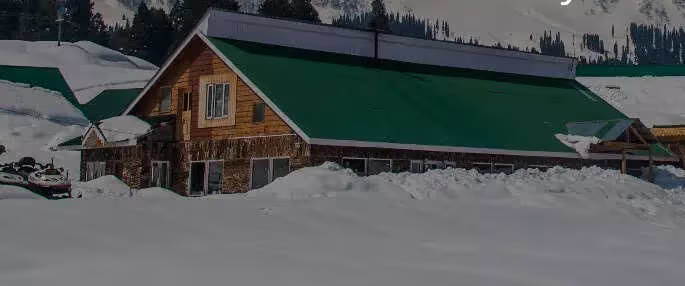Kashmir’s Historic Nedous Hotel Faces Government Takeover After 137 Years
- August 5, 2025
- 0

The iconic Nedous Hotel in Gulmarg, Kashmir, has been taken over by the Jammu and Kashmir government, marking the end of its 137-year-old legacy. Established in 1888, this colonial-era landmark has long been a symbol of luxury and historical significance. Known for hosting royalty, revolutionaries, and political elites, the hotel has played a pivotal role in the region’s history.
The takeover follows an eviction notice issued by the Gulmarg Development Authority. The notice was prompted by a lease agreement that expired 40 years ago, which the hotel’s owning family had contested through legal channels. Despite their efforts to retain control, the government’s decision underscores the complexities surrounding property rights and historical preservation in the region.
Nedous Hotel has been more than just a place of accommodation; it has been a cultural hub. Its halls have witnessed significant historical events and have been frequented by influential figures over the decades. The hotel’s closure raises concerns about preserving cultural heritage sites amid modern development pressures.
The government’s action reflects broader challenges in balancing tourism development with heritage conservation. As Gulmarg continues to attract tourists for its natural beauty and skiing opportunities, maintaining its historical landmarks becomes crucial. The loss of Nedous Hotel highlights the need for policies that protect such sites while accommodating growth.
With the government’s intervention, questions arise about the future use of the property. While some advocate for its restoration as a heritage site, others see potential for new developments that could boost local tourism. The outcome will likely influence how other historical properties in Kashmir are managed moving forward.